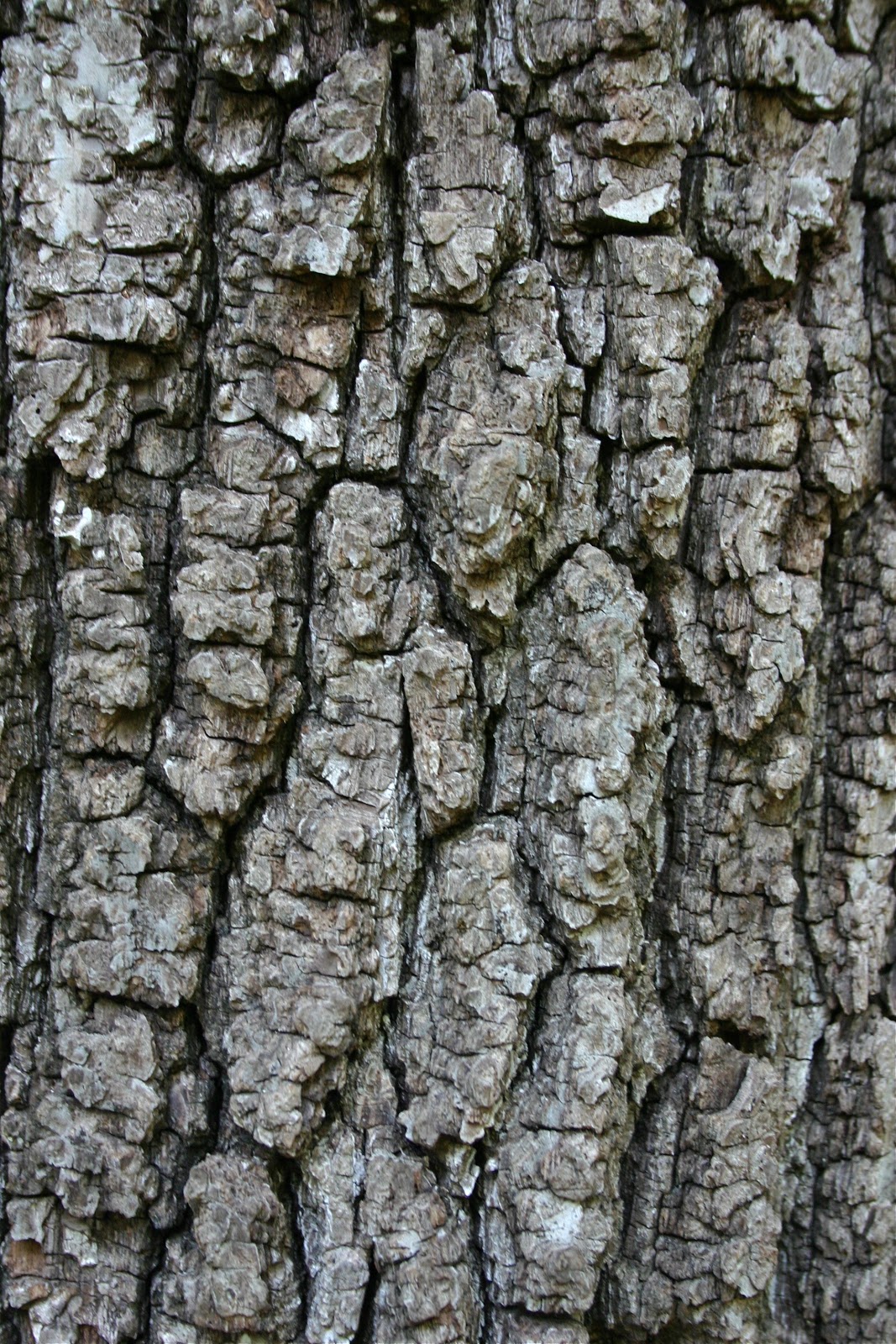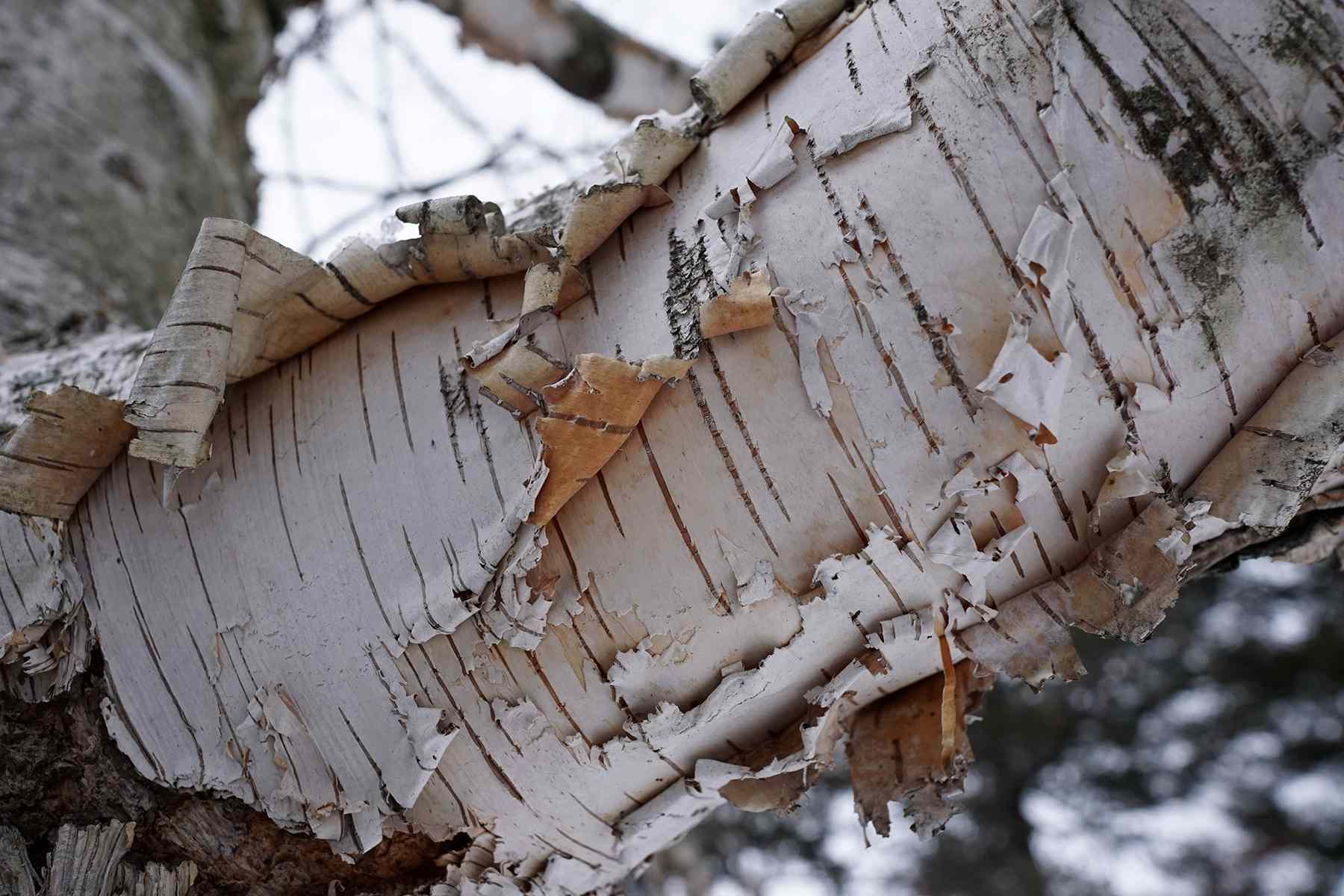Assignment 3B
Material Research
For this class, my topic and theme for my research have been based on animals and the interconnected relationship that we as humans have with them. Throughout my research, I have been looking into how we as humans have impacted animals in negative ways due to this such as climate change which has lead to some of these species becoming endangered or extinct.
I have also been looking at how animals have evolved over time and more specifically at how some species have had to evolve as a cause of their environments rapidly changing around them because of climate change.
1. Wood/Bark
One of the main materials I plan on collaging into my projects is bark or branches, or possibly using both.
What is bark made up of?
The bark of a tree is made up of 5 different layers.
1. The first layer is the outer layer which protects the tree from environmental elements and which is visible to us.
2. The second layer is called phloem which is the inner layer of the bark and is the passageway for food, where sap travels down from the leaves and into the layer of phloem.
3. The third layer is called cambium and is what makes the branches, roots, and trunk of the tree grow thicker.
4. The fourth layer is known as sapwood or xylem and is the layer that carries water and minerals from the roots up towards other parts of the tree such as the leaves.
5. The fifth layer of the tree is called heartwood and is old xylem that can no longer transport minerals and water throughout the tree.
Is wood/bark as a material timeless or long-lasting?
In one sense bark is not a long-lasting material. This is because it is part of the tree's outer layer and will eventually die. Even as bark dies it can still be seen as long-lasting, this is because even when it is no longer alive and attached to the tree, it can still provide shelter and home to animals such as insects who live within it or bats who roost or sleep beneath it.
Is it durable over time?
When looking at bark as a material I feel that it will either work really well for my project or may also give me troubles when trying to actually apply it to my surface/canvas. This is because although bark is a very strong and durable material when being an outer protectant on trees, once taken off the tree it becomes very delicate and can crumble very easily. The durability of bark can vary from tree to tree, for example, the black oak tree bark is much darker and thicker when compared to a tree such as the white birch tree which has a very thin paper-like thickness.
One thing I find interesting when thinking about bark and its durability is thinking about the idea that: when the layer of bark is still attached to the tree it can be seen as something very durable in that it is a protectant shield to the tree from things such as harsh weather, yet when the bark is ripped away from its lifeline it becomes something that is weak and brittle.


2. India Ink
Another material I am interested in working with for this project is India ink. This is because I plan on incorporating inkblots of the earthy materials as well as finger imprints. I think this medium will work well alongside the ideas and questions I am posing within my topic of research, and that it will better enhance my idea of the role that humans play within all of it.
Ingredients used in India Ink:
A common ingredient used in the medium of India ink is carbon black, which is one of the most durable and oldest pigments ever made. As a medium, India ink has been around for centuries and has been used by ancient Greeks and Egyptians.
How well of a medium is it to work with?
As you are working with the ink it is very versatile in the sense that when it is wet you can create a lot of fluid movement. Although you can do a lot with the medium when it is wet once dry it becomes waterproof and cannot be re-blended back into use.
Non-artistic practices:
India ink is also used in non-artistic practices, especially within the medical field. Researchers use the ink to be able to see things such as blood vessels when looking under microscopes.
For these materials I plan on doing further research into the process of knowing how to collage my earthy materials onto the canvas. I also plan on doing some practice tests with the India ink to learn how it is I plan on wanting the ink blots and imprints to look with my project.
The materials I have been thinking about working with while doing research and thinking towards my final project have been more centered towards earthy materials.
For my project, I plan on using materials such as bark or twigs as well as moss and leaves and collaging them onto a painted canvas. I want to include these materials in my project because I feel that they will be able to better convey my ideas of wanting to project the importance of how much animals depend on their environments to protect.
Along with these earthy materials, for my project, I plan to use a mixture of different media such as acrylic paints and India ink to help better convey my thoughts and ideas as well.